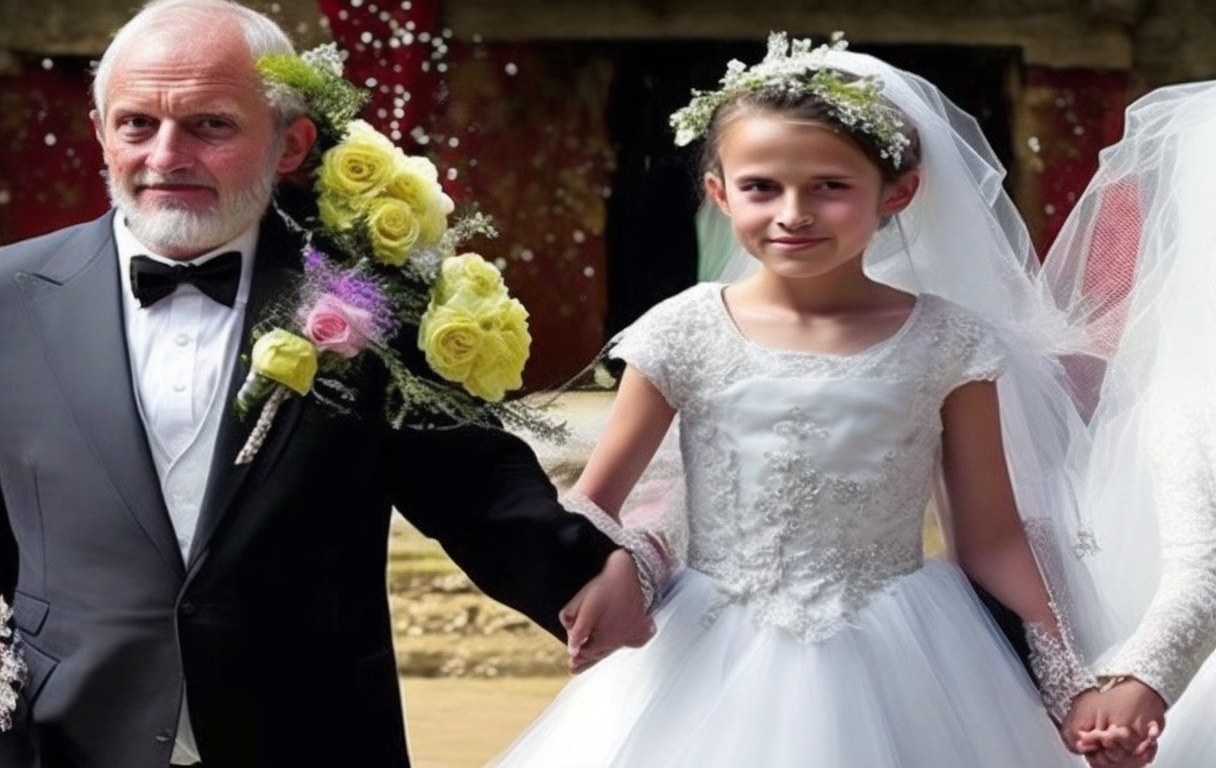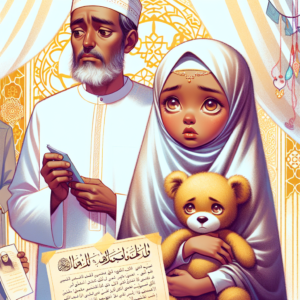Title: The Devastating Effects of Child Marriage on Girls’ Lives
Introduction:
Child marriage is a deeply rooted practice that affects millions of girls worldwide. Defined as the union of one or both parties under the age of 18, child marriage violates the rights of children, particularly girls. These young brides face numerous physical, emotional, and social challenges that have long-lasting impacts on their lives. This article aims to shed light on the devastating effects of child marriage, providing comprehensive insights and sharing information crucial to understanding this global issue.
I. Prevalence of Child Marriage:
Child marriage remains alarmingly prevalent, with approximately 12 million girls becoming child brides annually. This phenomenon is witnessed across diverse regions, including South Asia, Sub-Saharan Africa, the Middle East, and parts of Latin America and the Caribbean. Poverty, gender inequality, cultural beliefs, and limited educational opportunities are some factors that contribute to the continued practice of child marriage.
II. Physical Consequences:
a. Health Risks: Child brides often face severe health risks due to early pregnancy and childbirth. Their bodies are not fully developed, increasing the likelihood of complications and maternal mortality. Young mothers are also more susceptible to malnutrition and anemia, impacting their health and that of their children.
b. Adolescent Pregnancies: Being a child bride significantly increases the chances of early pregnancies. These pregnancies are associated with higher incidences of premature births, low birth weight, and neonatal mortality. Limited access to medical care during pregnancy exacerbates these risks.
III. Psychological and Emotional Challenges:
a. Mental Health: Child brides often confront psychological distress due to the sudden transition into adulthood and marital responsibilities, which they are ill-prepared for emotionally. Anxiety, depression, and post-traumatic stress disorder (PTSD) are prevalent among these young girls.
b. Loss of Education and Opportunities: Marriage at a young age frequently results in interrupted or terminated education, limiting girls’ access to knowledge and opportunities. This perpetuates the cycle of poverty and social inequity as child brides have reduced economic independence and fewer chances of gaining employment.
IV. Social and Cultural Impacts:
a. Isolation and Dependency: Child brides often experience geographically and socially isolated lives as they are taken away from their families, friends, and communities. This isolation hinders their ability to develop meaningful relationships and support networks, leaving them reliant on their spouses.
b. Gender Inequality: By perpetuating the practice of child marriage, societies reinforce gender-based discrimination, reinforcing unequal power dynamics and patriarchy. Girls are denied their rights to education, healthcare, and decision-making, perpetuating cycles of gender inequality and subordination.
V. Legal Frameworks and Prevention:
a. National and International Efforts: Various legal frameworks and international conventions address the issue of child marriage, highlighting the commitment of governments to combat this harmful practice. Many organizations are working tirelessly to raise awareness, provide support systems, and advocate for policy reforms.
b. Importance of Education: Accessible and quality education is crucial in empowering girls and preventing child marriage. By promoting education, governments and organizations can provide girls with the skills and knowledge necessary to break free from cycles of poverty and discrimination.
FAQs on Child Marriage:
Q1. Why do families practice child marriage?
A1. Factors such as poverty, cultural traditions, and the belief that early marriage offers protection and security may drive families to practice child marriage.
Q2. How does child marriage affect boys?
A2. Although child marriage predominantly affects girls, it also produces negative consequences for boys, including disrupted education, financial burdens, and pressure to fulfill adult responsibilities prematurely.
Q3. How can society address child marriage?
A3. Raising awareness, promoting education, implementing and enforcing laws against child marriage, providing resources and support for vulnerable girls, and tackling the root causes of the practice are essential steps to combat child marriage effectively.
Q4. What can individuals do to help?
A4. Individuals can support organizations working to end child marriage, educate themselves and others about the issue, and engage in advocacy efforts. By challenging societal norms and supporting affected individuals, change can be initiated at both small and large scales.
Conclusion:
Child marriage inflicts severe physical, emotional, and social harms on girls, denying them their fundamental rights and inhibiting their development. It is essential that societies, governments, and individuals join forces to address this global crisis and create a future where every girl can thrive, free from the chains of child marriage. By empowering girls with education, protection, and rights, we can break the cycle of child marriage and foster a more equitable and just world.






















